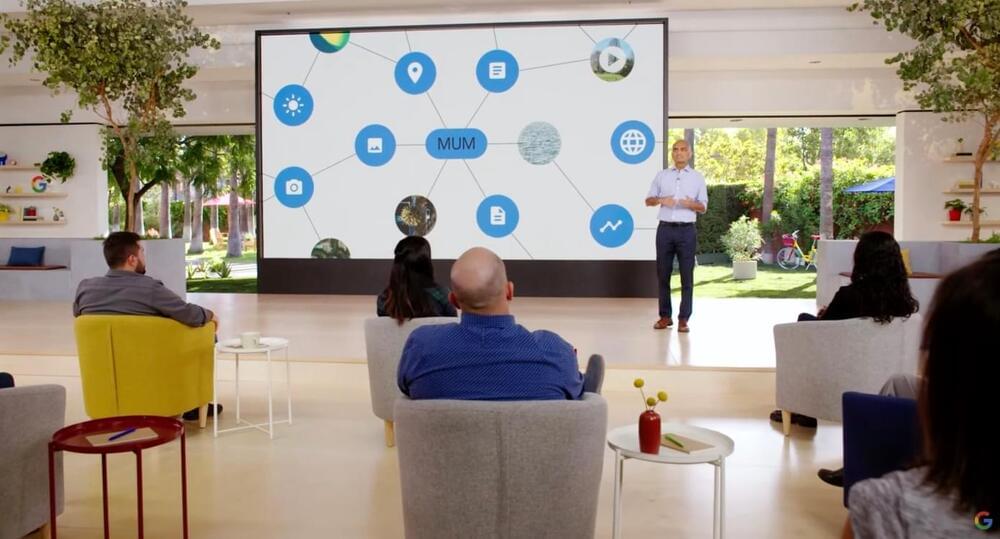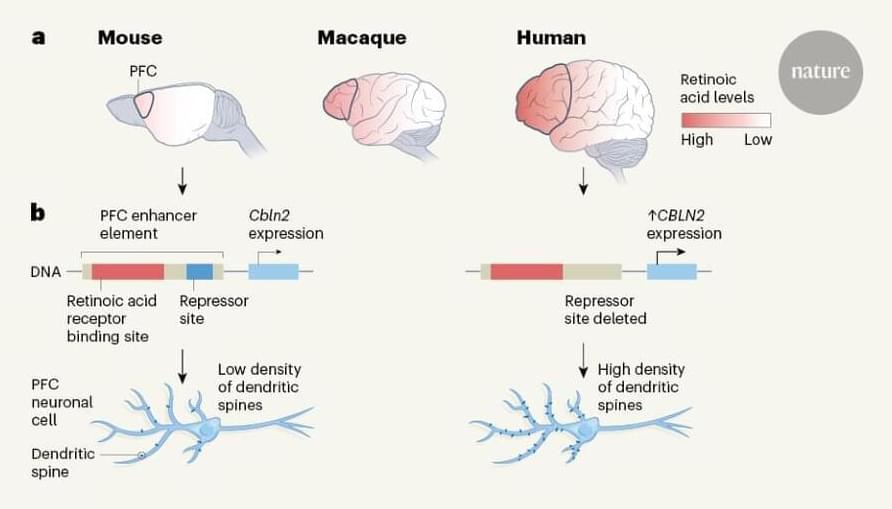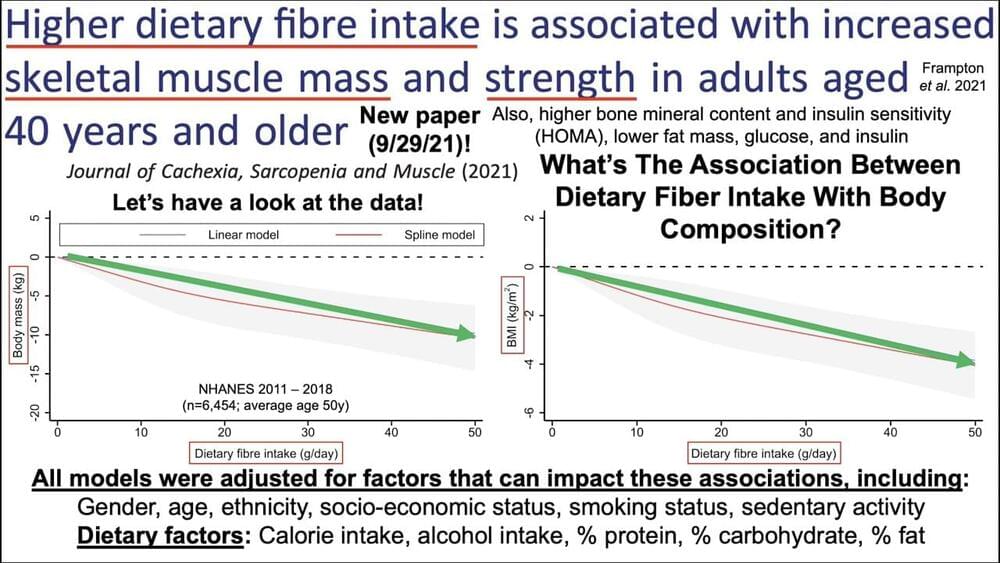As 5G is deployed in the next several years, engineers and policymakers must start thinking about a 6G in the decade ahead. For example, the Center for Tech Diplomacy at Purdue is launching a task force on “Roadmap to 6G” in October, with participation from Cisco, Dell, Ericsson, Intel, Nokia, Qualcomm, and other partners. We don’t know exactly how 6G will turn out, but we get to shape it today.
With the current speed of 5G phones not quite as advertised — and it will take some time to get even close — some may wonder why we need to already think about the next generation.









